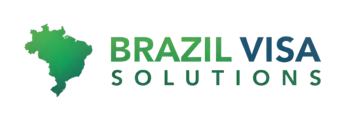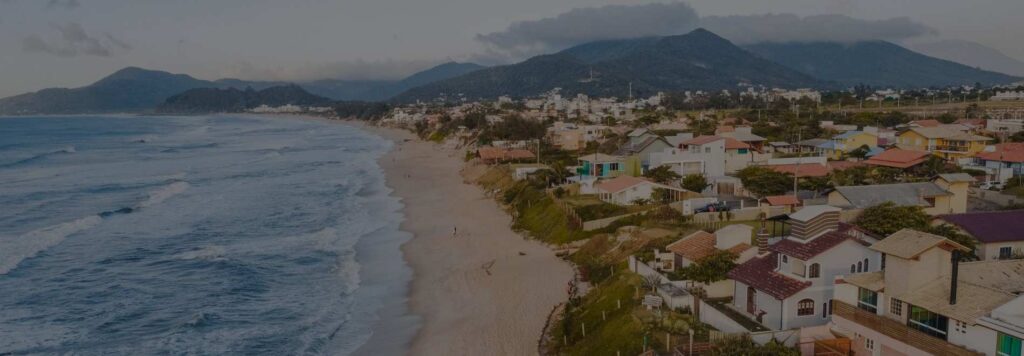The Brazilian education system has developed through the years owing to the Jesuit missions, which loomed over education in the country since the beginning of the colonial era.
Marquis of Pombal, Portugal’s former Secretary of State, reined in their power in the 18th century, spinning off a transition of educational control to the Brazilian government.
Education in Brazil is now overseen by the Ministry of Education, which manages both public schools and private institutions, like international schools, across primary, secondary, and higher education.
The Programme for International Student Assessment (PISA) and domestic evaluations like IDEP (Basic Education Development Index) monitor Brazil’s educational performance.
Historically, locals have scored below average in subjects like maths and science, though improvements in mathematics have been noted recently. Data from the Human Rights Measurement Initiative says Brazil achieves 86.8 percent educational capacity relative to its GDP.
The Jesuits and Their Mark on Brazilian Education

The Jesuits (members of the Society of Jesus) arrived in Brazil in 1549. Priests and brothers came on a mission to convert Brazil’s Indigenous populations and reinforce Portugal’s colonial goals.
They established reduções–camps providing Bible lessons, literacy, and skills training based on European values. Theology, philosophy, science, and languages like Latin and Greek were the backbone of their curriculum, creating the basis of the first schools in Brazil.
While the Jesuits were banished by Marquis of Pombal in 1759, their influence in education lived on. Many principles lasted over the years, and the 20th century saw a renaissance with the birth of Pontifical Catholic Universities and private schools for the elite.
Jesuit-run institutions stay in the mix of Brazil’s educational system, pushing academic excellence, social responsibility, and leadership.
The Structure of Brazil's Education System

The Brazil education system has three tiers:
- Pre-school education (educação infantil): Public schools and private academies offer optional pre-schooling to infants up to 2, kindergartens for 2-3-year-olds, and pres-schools for children once they reach 4.
- Elementary school (ensino fundamental): Basic education is compulsory once children reach 6 until 17. It includes elementary school (ensino fundamental), which is split into two phases:
- Ensino Fundamental I (grades 1-5)
- Ensino Fundamental II (grades 6-9)
- High school (ensino médio): Students who complete elementary school enroll in high school, which takes three years to complete from 15 to 17.
- Higher Education (Ensino Superior): Only students who complete high school and pass the vestibular, an entrance exam, can go to Brazilian universities. Higher education in Brazil includes public and private universities and technical academies.
Brazil Technical Education (Ensino Técnico)

Technical education is a sort of apprenticeship-based system similar to the one in the UK. It’s another education option for graduating high school students who prefer to focus on specialized skills that apply to jobs.
The programs run for around 18 months to 2 years, and graduates can immediately enter the workforce when they’re done.
Brazil Citizenship
Educational Statistics in Brazil
The following stats are provided by the World Bank and OECD.
- Literacy Rate (2018): 93 percent (ages 15 and older)
- Education Expenditure (2021): 5.5 percent of GDP
- Median Primary School Size (2024): 15 students
- Share of NEETs (Not in Education, Employment, or Training): 20.6 percent
Brazil International Schools

A lot of countries have built international schools in Brazil. They offer education and skills-building for expat families, children of diplomats, and local students.
International schools offer International Baccalaureate (IB), American, British, French, and German curricula, ensuring students receive internationally aligned education.
Most international academies are in Brazil’s major cities–São Paulo, Rio de Janeiro, Brasília, and Curitiba–due to being business hubs and locations for diplomatic missions.
International schools mostly teach in the language of the curricula, with English as the primary language, alongside Portuguese, French, Spanish, or German.
Due to high academic standards and international accreditation, international schools are generally set up for foreigners and affluent Brazilians, with tuition ranging from $5,000 to $30,000 annually.
Top international schools in Brazil
| School | Location | Curricula | Grades | Tuition Fees (Inc Enrolment) |
|---|---|---|---|---|
| Avenues São Paulo | São Paulo | Global, American | Nursery, pre-k, and kindergarten | BRL 199,900 (USD 35,000) |
| The British College of Brazil | São Paulo | British, Brazilian | Nursey to high school | BRL 92,000 to 138,000 (USD 16,000 to 24,000) |
| Colégio Humboldt São Paulo | São Paulo | German, Brazilian | Nursey to high school | BRL 60,000 (USD 10,500) |
| Lycée Pasteur de Sao Paulo | São Paulo | French, Brazilian | Nursey to high school | BRL 48,776 (USD 8,400) |
| American School of Rio de Janeiro | Rio de Janeiro | American, Brazilian | Nursey to high school | BRL 148,000 (USD 25,800) |
| Brasilia International School | Brasilia | American, Brazilian, and International Baccalaureate | Kindergarten to High school | BRL 60,000 (USD 10,500) |
| Red House International School Curitiba | Curitiba | International Baccalaureate | Nursey to high school | BRL 17,500 to 28,000 (USD 3,000 to 5,000) |
Your trust, our priority
Have confidence in erolling your children in a reputable Brazilian international with Brazil Brazil Visa Solutions. Drawing on the extensive experience of our highly qualified Brazil immigration lawyers, we offer expert guidance for expat families moving to Brazil
Get it touch with us to book a free consultation.
Frequently Asked Questions about Education in Brazil
Does Brazil have a good education system?
Programme for International Student Assessment (PISA) released stats suggesting that Brazilian education generally underperforms on average compared to other developed nations due to scoring lower than average in reading, maths, and science.
What percentage of Brazil is educated?
A country’s literacy rate is a good indicator of the percentage of the population that is educated. According to the World Bank, in Brazil, it was 93 percent for citizens over 15 in 2018.
What is primary education in Brazil?
Brazilian primary education is known as ensino fundamental, which runs from 6 to 14 years old.
How long is the school day in Brazil?
Unlike in the UK and the USA, students in Brazil can attend school in the morning or the afternoon. Both are 5 hours long, with Morning classes from 7am until 12am and afternoon classes from 1pm until 6pm.
What does Brazil rank in education?
According to the UN’s Education Development Index, Brazil ranks 79th in the world for education.
What is Brazil's HDI index ranking?
Brazil’s HDI (Human Development Index) ranking was 0.76 in 2022, putting it in 89th place.
Why is education a big problem in Brazil?
Quality education is tough in Brazil. The country’s education system struggles with a large percentage of the population being impoverished, high student dropout rates, a lack of funding, and little support for special needs students.





